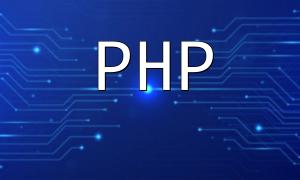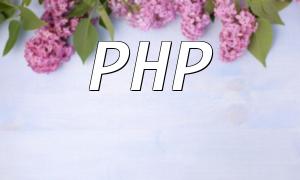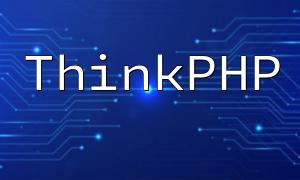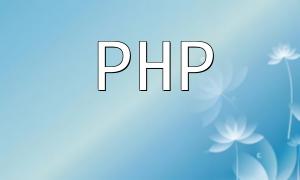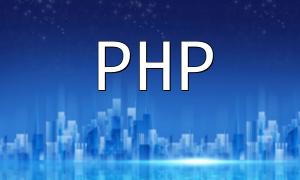As digital transformation accelerates, website security issues are becoming increasingly prominent. For applications developed with PHP, timely installation of security updates and patches is a crucial measure to prevent potential threats. This article delves into the necessity of regular security updates and effective implementation methods.
As a widely used server-side programming language, PHP continuously evolves. To ensure application performance and security, developers must keep up with official updates in a timely manner.
With technological progress, new security vulnerabilities are constantly discovered. Hackers may exploit these weaknesses to attack systems, causing data breaches or service disruptions. The PHP official team and the open-source community regularly release patches to fix known vulnerabilities. Therefore, applying these updates promptly is essential to maintaining system security.
Many industries enforce strict data protection regulations such as GDPR and HIPAA, which require companies to adopt necessary security measures, including using the latest security updates. Regular updates not only protect user data but also effectively reduce legal risks and potential fines.
An orderly update plan forms the foundation of security. It is recommended that companies set fixed intervals, such as a specific date each month, to check versions and install patches. By regularly evaluating the PHP version and related components in use, updates can be identified and applied timely to keep the system secure.
Automation tools can greatly simplify patch management processes. For example, using package managers like Composer allows easy updating of project dependencies:
<span class="fun">composer update</span>
With automated mechanisms, development teams can reduce manual effort and ensure environments remain up to date, improving overall security.
Applying updates directly in a production environment can pose compatibility or functional risks, so testing is essential. It is advised to first validate updates in development or testing environments, using automated testing tools like PHPUnit to ensure core functionalities remain unaffected:
<span class="fun">phpunit tests/</span>
Once tests pass, updates can be safely deployed to production, minimizing potential risks caused by updates.
Security updates are an ongoing process. After patch installation, maintaining vigilance through log monitoring and anomaly detection is necessary. Tools such as the ELK Stack enable real-time log analysis to promptly identify abnormal behaviors and secure the system.
Beyond monitoring, conducting periodic security audits is equally important. Through professional audits or automated tools, unpatched vulnerabilities and configuration risks can be discovered, providing guidance for further updates and building a more robust security framework.
Maintaining the security of PHP applications requires regular installation of security updates and patches as a fundamental and critical step. By implementing scientific update plans, automating management, comprehensive testing, continuous monitoring, and auditing, developers can significantly enhance application security. Security is never-ending; only through ongoing effort can evolving cyber threats be effectively resisted.
